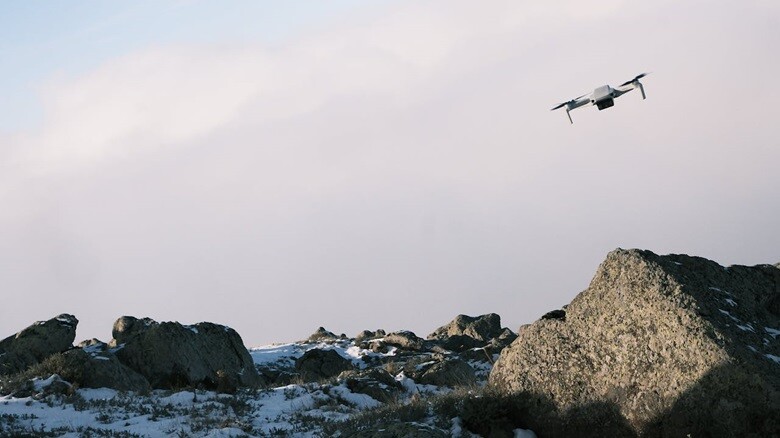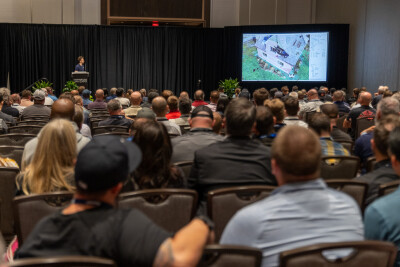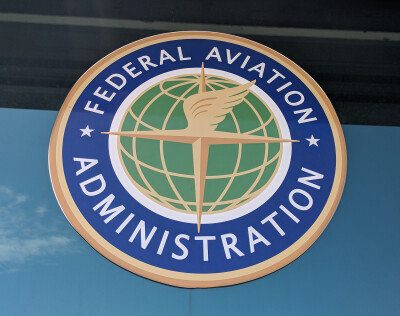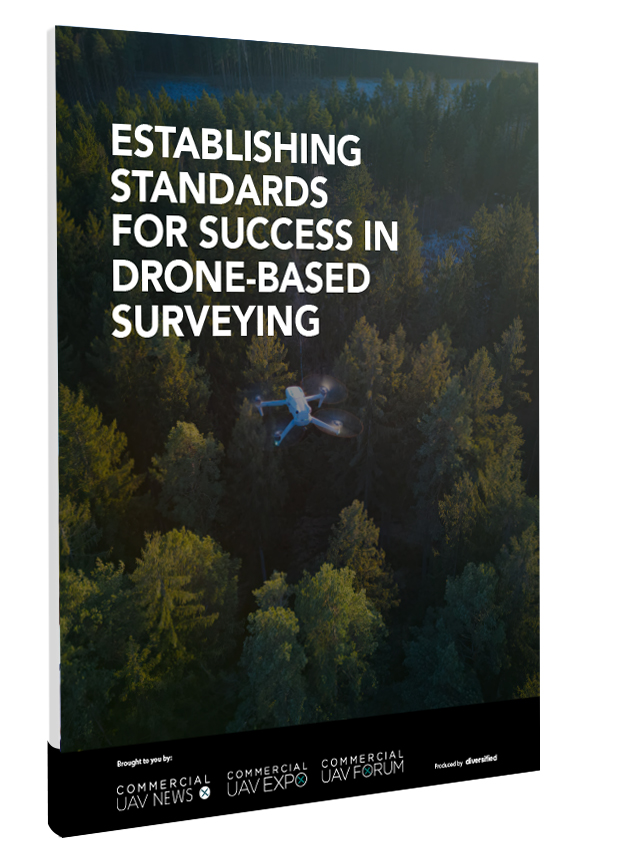It is a curious tradition to reach the end of the year and look in retrospect at our expectations for the period of 365 days that just ended.
I remember vividly my own outlook 12 months ago with the promise of the release of Part 108 Notice of Proposed Rulemaking (NPRM) by the Federal Aviation Administration (FAA) by the summer. That prediction was quickly reinforced by the passage of the 2024 FAA Reauthorization Act, which was signed by President Biden on May 16, giving the Federal agency four months to release the uncrewed aviation BVLOS (Beyond Visual Line Of Sight) proposal by September.
Well, here we are in 2025 with still no signs of a publication date with lots of speculation about an Q1 release and a formal implementation by early 2026.
Without BVLOS, the industry is limited in its capacity to contribute, in a significant manner, to the development of applications that require long flights.
In the meantime, bad news was plentiful, and the end of the year was marked by a frenzy of drone sightings in the Northeast US with a majority of reports coming at night and in the states of New York and New Jersey. Still, nobody knows for certain to whom these drones belonged to or what they were doing, but the fact remains that they created a lot of buzz—and for the wrong reasons.
I heard a lot of conspiracy theories about their origin, including the far-fetched story about an “Iranian Mothership” off the East Coast, the proverbial “government spying on its citizens” and many others less ludicrous. Some of these rogue drones crashed and were seized by the authorities for further examination but the vast majority flew over populated areas without consequences for the operator or the pilot in command (PIC), and this is not good news for the industry.
Another piece of bad news was the serious injury of a young boy during a drone light show in Orlando, Florida, resulting in the cancelation of hundreds of similar events during the holiday season.
So, in preparation for this new year of 2025 we should be mindful that as more drones take to the skies and more applications are optimized and launched into crowded skies, more bad news is bound to come.
The uncrewed aviation industry needs to find a way to counter all these perceived setbacks with real “good news” about benefits to society and concrete results in the betterment of the environment and the prompt and efficient delivery of services to the consumer.
The same way that an increase in the number electric vehicles (EVs) on our roads is contributing to a steady decline in the price of gasoline at the pump (less demand, lower prices) we can foresee a near future in which thousands of uncrewed aerial vehicles (UAVs) delivering small packages will begin the inevitable process of removal of hundreds of diesel trucks from our streets, improving air quality and maintaining the lowering pressure on the demand and price of crude oil refined products.
Unfortunately, with this increase in uncrewed aviation vehicles in the National Airspace (NAS), there is the possibility of accidents and close calls and the press, no doubt, will be putting emphasis on the negative news as opposed to the benefits to thousands.
We expect 2025 to be a year of transition between Part 107 and Part 108. A year of preparations for a new era of flights beyond the visual range of the operator, when aircraft piloted by remote operators will have the possibility of crossing international boundaries, forcing the international civil aviation authority (ICAO) to intervene and start the process of homologating rules for drones and air taxis worldwide.
In parallel, 2024 saw an increased number of traditional aviation accidents with three major fatal crashes in Brazil, South Korea and Kazakhstan, resulting in an unusual number of fatalities in an otherwise safe mode of transportation.
The skies above the US have been stubbornly safe and even though there are tens of close calls every year, we seem to be dodging the bullet of an inevitable commercial airliner accident in the US. Let us hope, for the sake of the industry at large, that this is not the year where a considerable, headline-filled incident takes the entire aviation family back to a time when people feared our beloved flying machines.
2025 is full of promise but also peril as the FAA ponders how to integrate UAVs into the NAS in a safe and efficient manner and the uncrewed aviation industry keeps adding applications and improving technology in an effort to become a mainstream service at the service of a grateful public.















Comments